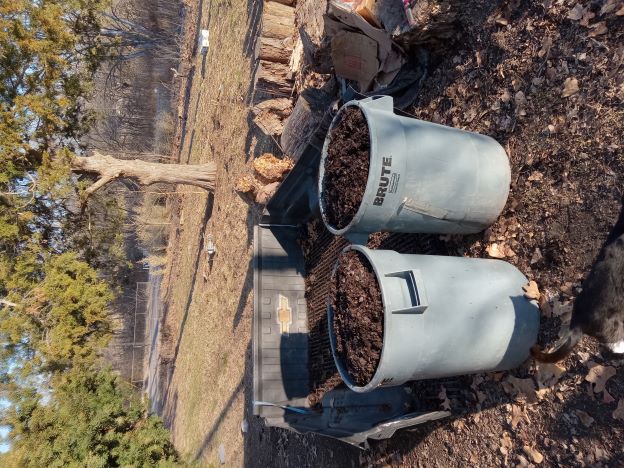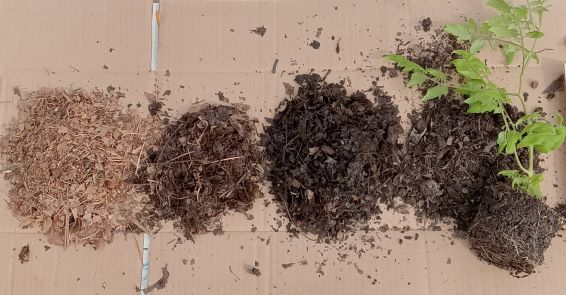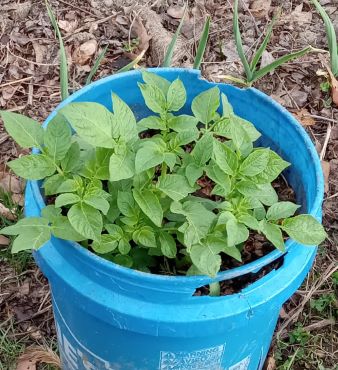
 13
13








Zone 6, 45 inches precipitation, hard clay soil




 9
9




 5
5




 4
4




Check out Redhawk's soil series: https://permies.com/wiki/redhawk-soil
 4
4




 7
7




Zone 6, 45 inches precipitation, hard clay soil




 6
6




May Lotito wrote:Freshly prepared biochar can sequester nutrients making them not available for plants. I tried charging charcoal in compost tea for hours prior to making potting mix. The plants with biochar added actually were smaller than control without biochar. That makes me wonder how to effectively charge the charcoal so it is not inhibitory.
 4
4




Check out Redhawk's soil series: https://permies.com/wiki/redhawk-soil
 2
2




 5
5




This is all just my opinion based on a flawed memory

 1
1




Zone 6, 45 inches precipitation, hard clay soil




 1
1




Kenneth Martin wrote:I've seen people use biochar above ground for trees etc but doesn't the sun kill beneficial microbes etc?
Zone 6, 45 inches precipitation, hard clay soil




 2
2




Check out Redhawk's soil series: https://permies.com/wiki/redhawk-soil
 1
1








May Lotito wrote:Freshly prepared biochar can sequester nutrients making them not available for plants. I tried charging charcoal in compost tea for hours prior to making potting mix. The plants with biochar added actually were smaller than control without biochar. That makes me wonder how to effectively charge the charcoal so it is not inhibitory.
Your friend isn't always right and your enemy isn't always wrong.
 4
4




Your friend isn't always right and your enemy isn't always wrong.

|
Not so fast naughty spawn! I want you to know about
the permaculture bootcamp in winter (plus half-assed holidays)
https://permies.com/t/149839/permaculture-projects/permaculture-bootcamp-winter-assed-holidays
|



